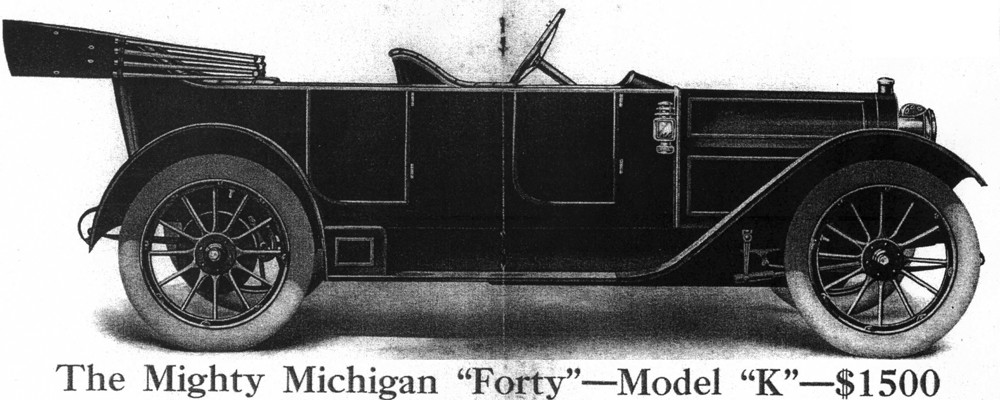Today I got to test what it is like to drive Southern California freeways in the rain. It had been a while since I did this and I stupidly thought I needed a “booster shot”. Aaaah! So. Cal is filled with idiots that don’t know what it is to slow down- even in driving rain with low visibility. The reason for the journey was to deliver both my “leather cone clutch” and our rare BRIGGS magneto to experts that both live and work in Orange, California. The clutch (photo below) went to Mr. Bob Knaak (who has repaired hundreds of these clutches over the years) for a tune up on the little spring things that go around the perimeter of the clutch and push the leather out a bit. If the leather gives out, that may get replaced too.
 The “spring things” sit underneath the leather and the screw part goes through a little hole on the inside of the outside edge of the aluminum clutch plate. You can see some of these that aren’t broken in the photo above. They have hex nuts on the ends of the screws for adjustment.
The “spring things” sit underneath the leather and the screw part goes through a little hole on the inside of the outside edge of the aluminum clutch plate. You can see some of these that aren’t broken in the photo above. They have hex nuts on the ends of the screws for adjustment.
The “spring things” are shown in the photo below — after being pried out from under the leather. More about how these function etc. in the Leather Cone Clutch section of this website.
I also got to visit Mr. Carl Bloom who is known as a magneto expert and has an amazing shop filled with all sorts of meters, gauges and sundry electronic stuff. Not quite like Dr. Frankenstein’s lab— but impressive nevertheless. Carl has done many magneto repairs but my BRIGGS will be a first for him. The magneto is essentially a generator with a distributor or commutator on the end to distribute the spark to the spark plugs. Ours needed to be checked out and tuned up so that when I get ready to start the Michigan, it is sparking in all the right places with sufficient juice. I look forward to getting word back from both gentlemen on their progress towards returning these parts of the Michigan to proper working order.
The Briggs Magneto ignition and coil box (no keys — just a big switch):
The magneto itself looks like this:
Out of the car:
In the car, below:






